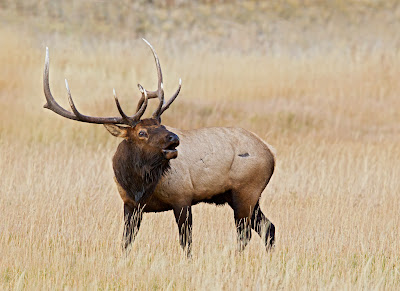 |
| Flowers on the sea in loving memory |
(Bird photos by Nancy Bell, others by Chuck Bell)
In August 2011, we flew to Oregon to take part in a family ceremony marking the 10th anniversary of Nancy’s brother’s death. Dan had lived in Portland and was married to a wonderful gal from Chile, who has two lovely daughters. She hired a boat from Depoe Bay for the ceremony. It was an important closure for Nancy, as Dan's ashes were scattered at sea and he was fondly remembered by his widow, her two daughters, his son Gregg and several of Dan's close friends. The ceremony at sea was followed by a dinner at the beach house of one of Dan's friends. His son Gregg, who is an accomplished restaurant chef, prepared a beautiful baked salmon.
We stayed several extra days to explore this beautiful coastline, which neither of us had ever visited before.
We stayed in the town of Newport, which was centrally located for the ceremony and for some of the better coastal birding in the region.
We relied on the excellent Central Coast Birding Guide, which is available on the web, to decide where to go each day, what to look for and how to find it. We also found it essential to consult the tide tables, as shorebirds were virtually non-existent at higher tides. We were fortunate in hitting a spell of very good weather, as this coast can be very rainy. The coastal rain forests attest to that. Though we had sun nearly every day, we also had some fog in the mornings, and it was cool enough that we needed jackets most of the time, even though we were there in high summer.
While we stopped at least briefly at nearly all the spots mentioned in the birding guide, from Lincoln City down to Florence, our favorite site by far was Seal Rock State Park, about 10 miles south of Newport. We went back there several times, trying to hit it at low tide when the Surfbirds, Black Turnstones and other shorebirds were accessible on the rocks near the beach.
 |
| Black Oystercatcher |
 |
| Black Turnstone |
 |
| Surfbird |
 |
| Surf Scoter |
 |
| Greater Yellowlegs |
 |
| Harlequin Duck in winter plumage |
 |
| Pigeon Guillemot in winter plumage |
 |
| Semi-palmated Plover |
Poor Nancy. One evening as we stood on the Newport fishing pier, she leaned her big camera out over the water to photograph patterns in the bottom and the lens hood fell off. It went into 6 feet of water, as the tide was high. We decided we had to write it off and checked replacement prices when we returned to our motel. We were astonished that a new one would cost more than $400, and in any case, none were available because of the damage to a Canon plant by the earthquake and tsunami in Japan. As the tide dropped, we returned to the area just before dark and walked what beach was exposed but found nothing. Dejected, we went for dinner, and just as we were thinking about going to bed, Chuck said, “It’s now low tide and I’m going back for a last look.” Using our small travelling flashlights, we scoured the now vast expanse of exposed harbor bottom and voila! , about 100 yards from the pier was the lens hood half covered in sand. We were ecstatic, to say the least.
While photographing birds was our primary focus, we also enjoyed the sea lions, especially along the docks in the old part of Newport. We had hoped to see them well at Sea Lion Caves but were very disappointed there, especially with its expensive entrance fee.
At another beach, we were treated to a beautiful array of starfish, clinging to exposed rocks awaiting the returning tide. A Western Gull thought one of these beautiful creatures would make a good meal. But his eyes were bigger than his gullet. He carried this prize around for nearly half an hour but never could manage to consume it.
We also went inland around some of the coast's deep bays to see what we could find. Long-billed Dowitchers were migrating through, and Nancy got a wonderful shot of a Green Heron.
 |
| Long-billed Dowitchers |
 |
| Green Heron |
But we really best enjoyed driving along the coast, and even on our last day, before we had to head for Portland Airport to fly home, we stayed out as long as we could. We were rewarded with a wonderful “farewell” sunset.

























